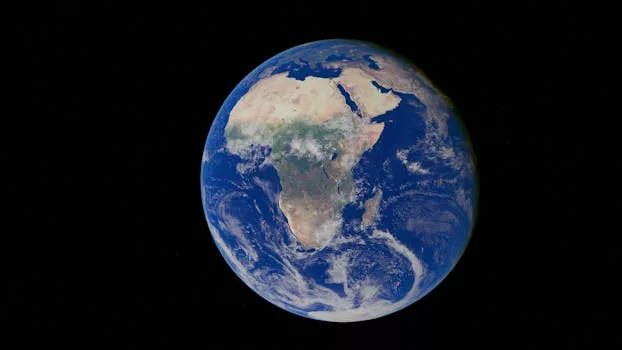
“
From Stardust to Dreams: Imagining Life Beyond the Stars
Introduction to the Cosmos
From Stardust to Dreams: Imagining Life Beyond the Stars is an intriguing topic that has fascinated humans for centuries. The possibility of life existing beyond our planet is a concept that has sparked debate, curiosity, and inspiration. As we continue to explore the vast expanse of the universe, we are reminded of the infinite mysteries that lie beyond our earthly bounds.
The universe is estimated to be around 13.8 billion years old, and our planet, Earth, is approximately 4.5 billion years old. The formation of our solar system and the emergence of life on Earth are still not fully understood, but scientists believe that the building blocks of life, such as amino acids and water, were present on our planet from its inception.
Understanding Stardust and the Formation of Stars
Stardust refers to the remnants of stars that have exploded and dispersed their elements into space. These elements, including carbon, nitrogen, and oxygen, are the fundamental components of life. The formation of stars is a complex process that involves the collapse of giant molecular clouds, which eventually give rise to main-sequence stars like our Sun.
As stars age and die, they expel their elements into space, enriching the interstellar medium with the raw materials necessary for life. This process of star formation and death has been occurring for billions of years, shaping the universe as we know it today.
Imagining Life Beyond the Stars
With the discovery of exoplanets, which are planets that orbit stars other than our Sun, the possibility of life existing beyond our solar system has become increasingly plausible. Scientists estimate that there may be billions of potentially habitable planets in the universe, each with its own unique conditions and potential for supporting life. For more on this topic, check out Charting New Realms: The Journey of Imagination Beyond the Stars.
The search for extraterrestrial life is an active area of research, with scientists using a variety of methods to detect signs of life, such as the presence of oxygen, methane, or other biomarkers in the atmospheres of exoplanets. While we have not yet found definitive evidence of life beyond Earth, the possibility of discovery is an exciting and tantalizing prospect. To explore more about the creative aspects of this search, read Cosmic Creativity: How Imagination Soars Beyond the Constellations.
Conclusion and Takeaways
From Stardust to Dreams: Imagining Life Beyond the Stars is a journey that takes us to the farthest reaches of the universe and challenges our understanding of the cosmos. As we continue to explore and discover new worlds, we are reminded of the infinite possibilities that lie beyond our planet. For further insights on the topic, see Beyond Stars: Where Imagination Takes Flight.
Takeaways from this article include:
- The universe is vast and full of mysteries, with billions of potentially habitable planets.
- Stardust, the remnants of exploded stars, contains the fundamental elements of life.
- The search for extraterrestrial life is an active area of research, with scientists using a variety of methods to detect signs of life.
- The possibility of life existing beyond our planet is a tantalizing prospect that inspires curiosity and wonder.




